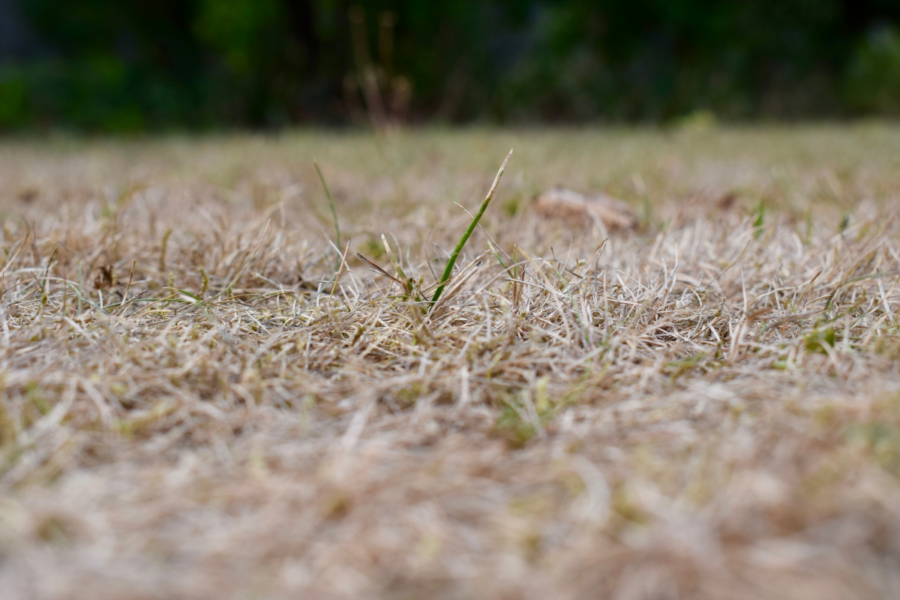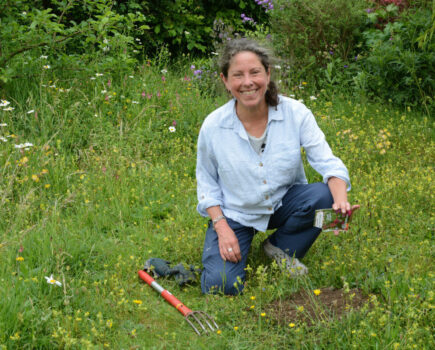Don’t spend money – it will revive when it rains
Lawns do tend to bear the brunt of the weather at all times of year and in summer, the greatest threat is drought and parching.
Cracked earth and shrivelled grass doesn’t look attractive, but hold your horses before you consider splashing out on lawn food or raising your water bill with a sprinkler.
For starters, feeding grass if no rain is forecast and the soil is dry, is more likely to further burn and even kill the grass.
And why waste time and money watering when grass will revive and green up again when the rains return.
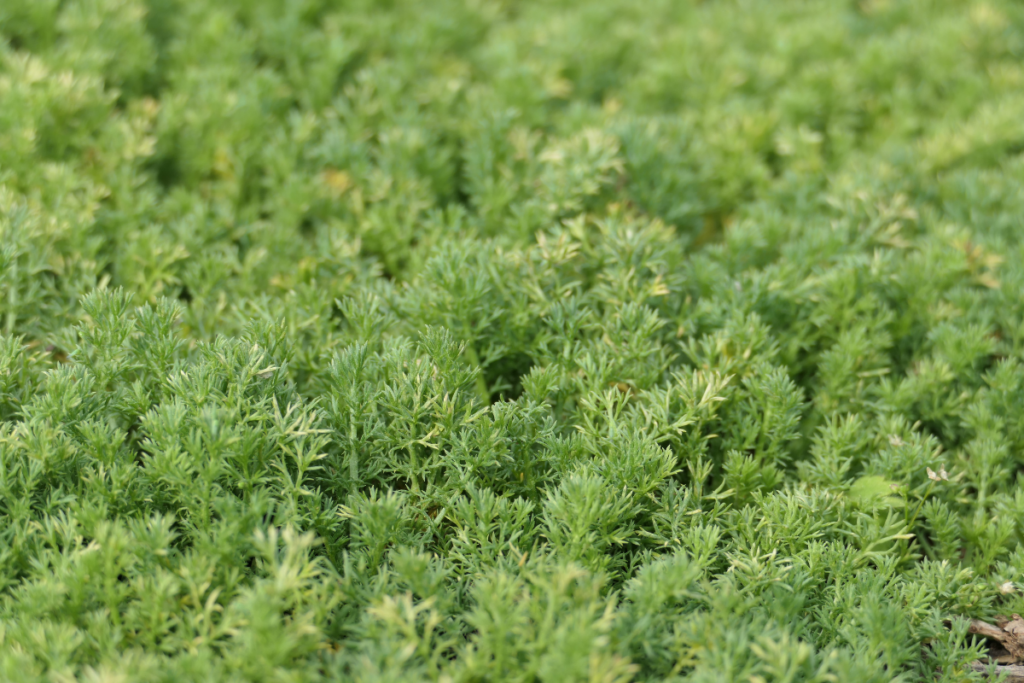
If you feel you absolutely must water your lawn, why not use grey water or harvested rainwater.
Also avoid mowing, as grass doesn’t grow in very dry conditions. If there is still some growth and you want to keep your lawn short, let the clippings fall back onto the grass as this will help to hold in moisture.
Save any repair work until the autumn when the weather is cooler and damper and grass seed or new turf more likely to grow.
It is worth bearing in mind that fine grass used in ornamental, close-cropped lawns doesn’t fare as well in very hot, dry conditions as tougher varieties of grass such as Fescue used in usual domestic turf.
Lawns also cope better with weather extremes if they are left to grow longer, have wildflowers and native grasses included in the mix, or are combined with areas of tough herbs such as thyme and camomile that are more able to cope with poor conditions.
Saving seeds
Harvest your favourites for next year
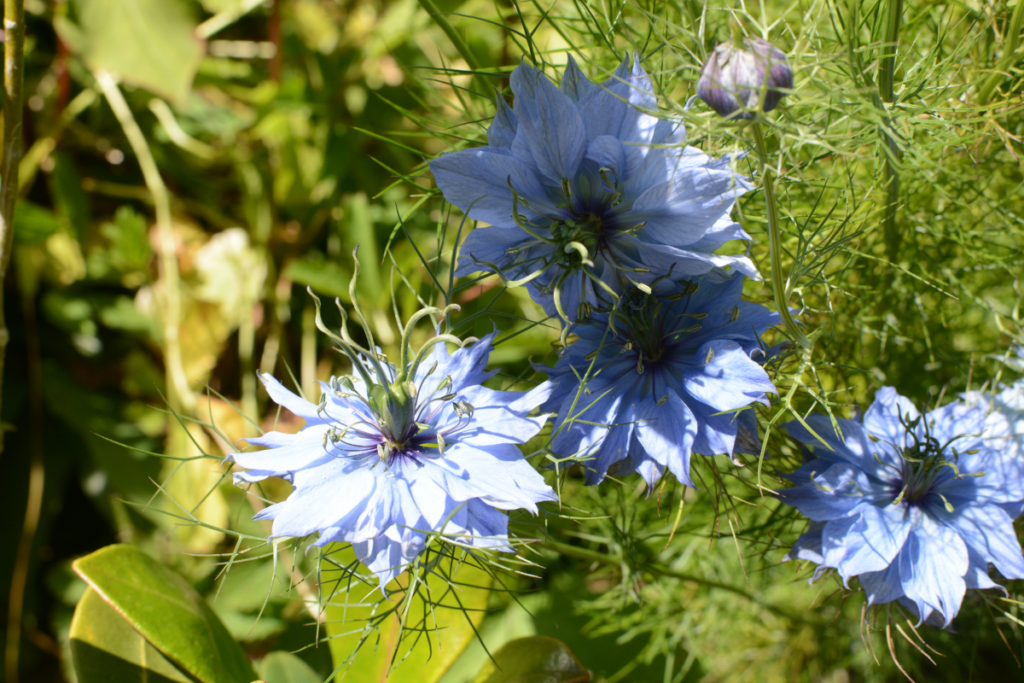
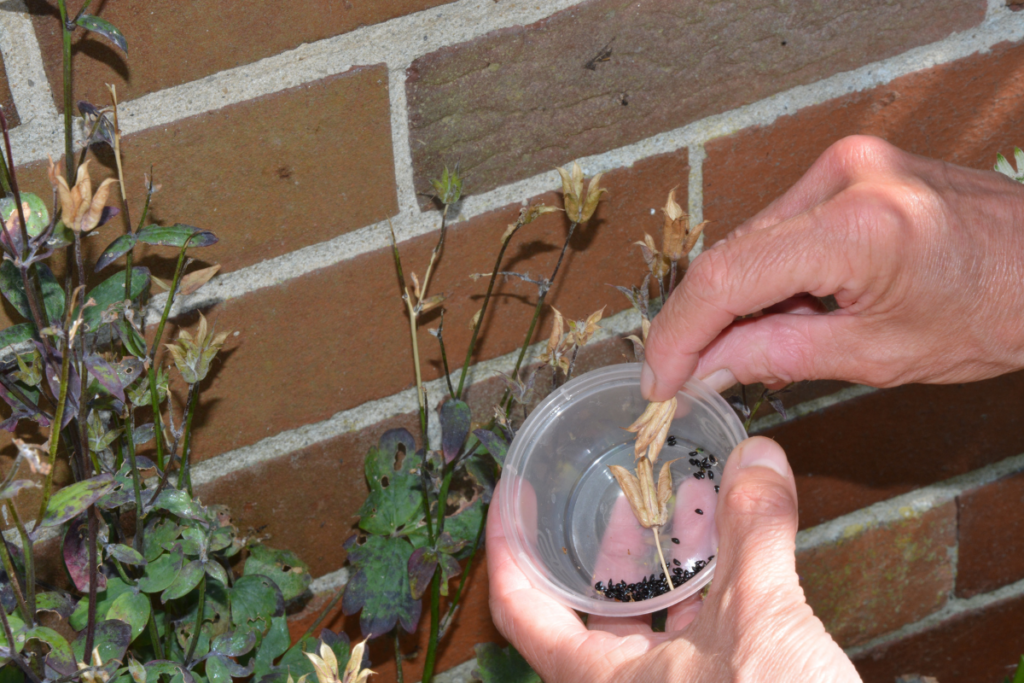
- It’s time to start saving money for next year by saving seeds from this year’s plants.
- Many hardy annuals and biennials such as aquilegias, field and opium poppies and honesty have finished flowering and are going over, so wait until their seed heads turn dry and brown and ripe, then crack them open and save their precious contents.
- Collect seeds on a dry day after a period of little or no rain, as damp seeds are more likely to go mouldy or rot when stored.
- Shake the seeds out into a paper bag or small container, sift out any debris and either sow immediately where you want them to grow, or store in a labelled envelope somewhere cool and dry.
- If you have a variety of different annuals, such as poppies, love-in-a-mist and corn flowers, you could mix them together and sow them for a natural mixed patch of colour next year.
- As well as helping you to save money, collecting seeds also allows you to sow plants where you want them to be, instead of all around the mother plant or in random spots where they aren’t shown to their best advantage.
- Having said that, a large patch of one variety, such as scarlet poppies or blue Nigella, makes a glorious focal point in a garden.
Find more tips, advice and articles like this at the Amateur Gardening website. Subscribe to Amateur Gardening magazine now

